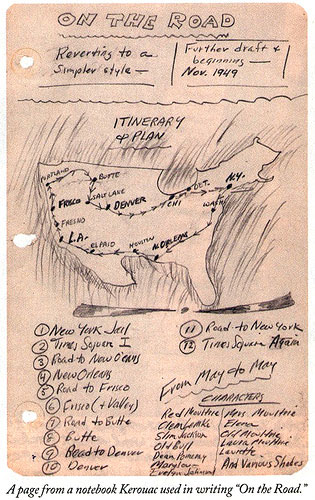George Saunders on significant details [via]:
“I remember reading somewhere in Hemingway—I think it’s in one of his stories—where a character who’s a writer is talking to his son, and he tells the kid a trick about description. He says: when you go to a Cuban marketplace, your first instinct is to catalog everything you see, especially the stuff that’s typical of a third-world market place. But his advice is to find the one thing that isn’t typical. The example he uses is of a cockfight, where one of the handlers is literally putting the chicken’s head in his mouth and blowing into the chicken, which—not surprisingly—enrages the chicken. And when you get that one odd detail, the whole marketplace will spring up in the reader’s mind. All of the commonplace things—you know, the stalls, the dirt path, the dead pigs and so on—will be supplied by your mind.”
